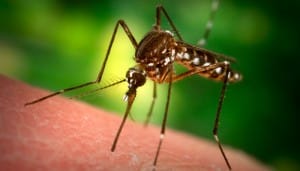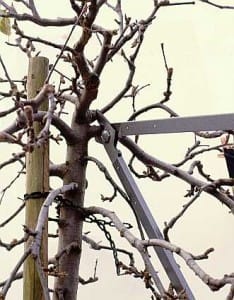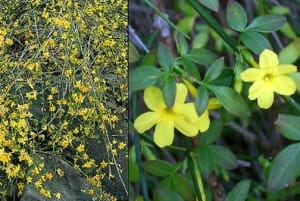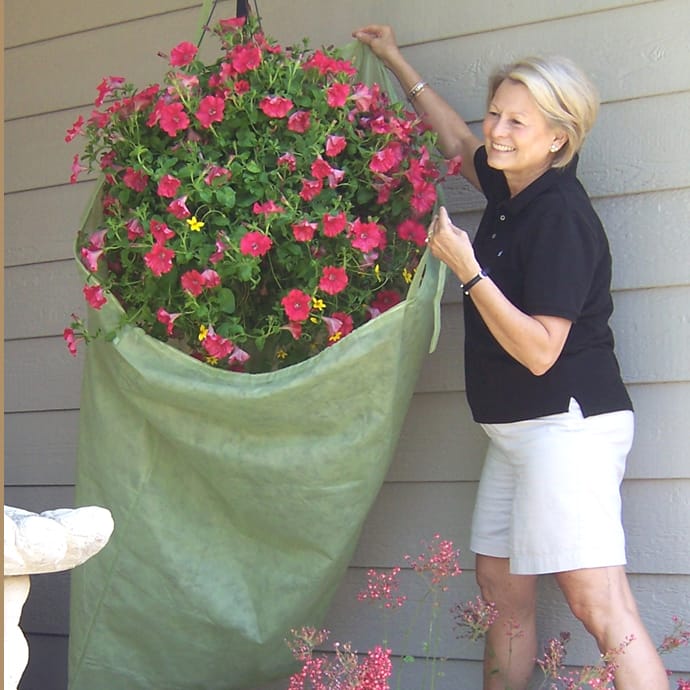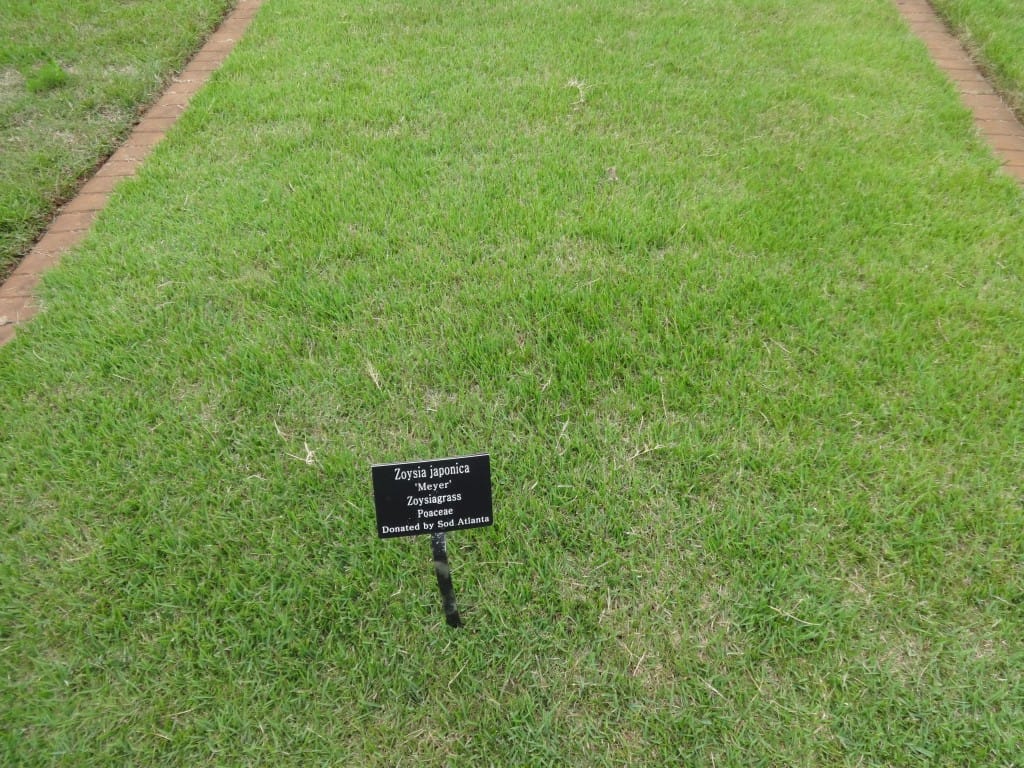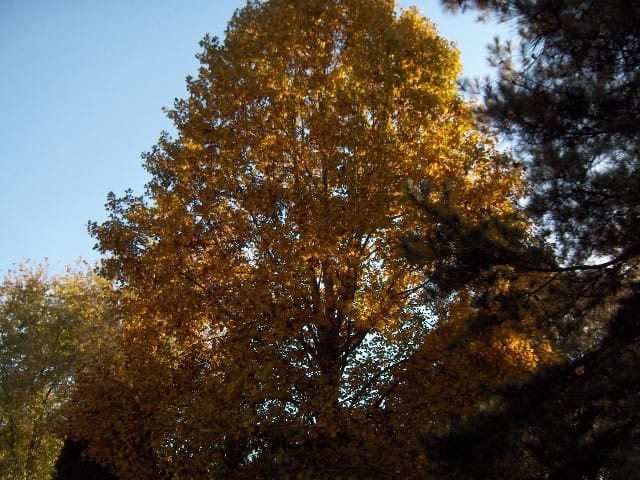Source(s): Dick Parker, DeKalb County Master Gardener Volunteer, Georgia Extension.
“What’s wrong with my tree?” Homeowners by the hundreds ask this very question. Many write, “The leaves are turning brown,” or “Some of the branches are dying,” or “My whole tree is looking sickly. ” What can I do?
Before you or anyone else can begin to assess your tree’s condition, you need to know what kind of tree you have and something about the general growth characteristics of the particular tree. Is your tree shallow or deep rooted? Is it deciduous or evergreen? Does your tree prefer wet or well-drained soils? When you have this information, you can begin to reduce your list of probable causes. Many times the first thing you spot is an insect or a disease and you begin to suspect that they are the cause for the decline. Don’t end your search there because there are often other factors (environmental, etc.) that pre-dispose the trees to the pest attack.
Sometimes inaccurate diagnosis can be made by looking at samples of dead or diseased materials. When sampling, make sure you collect a sufficient amount of leaves, twigs, branches, roots, insects or whatever and bring them in while they are still fresh and identifiable.
If you still can’t pinpoint a cause, an on-site visit and tree examination may be required. At this point it is best to consult a professional who is familiar with tree problems such as the Georgia Forestry Commission or an arborist-tree surgeon.
Before you call someone in, take a few moments to follow through on this sheet and answer all the questions as accurately is you can. The very least you will come up with is some information that will help someone else make a proper diagnosis.
Has your tree been transplanted? When a tree or any plant is moved (transplanted), it often goes through in adjustment period referred to as transplant shock. This shock is a result of its change in growing conditions. Your soil, the light conditions, the amount of moisture, the amount of fertilizer, etc. are often quite different than what the plant had been grown in at the nursery or in the woods. Transplant shock can occur no matter how carefully you handle the plant (tree) during the transplant process.
Symptoms: leaf yellowing or browning; leaf rolling, curling, wilting, and scorching on the edges; dieback of the branch tips; and sometimes death of the plant.
In nature, a balance is established between the root system and the leafy crown. In other words, so many leaves grow to produce so much food to support so many roots. Also, so many roots grow out to absorb enough water and nutrients to support the functioning of so many leaves and the production of food. When you transplant, this delicate balance is altered, especially if you try to move trees from the field or woods. To increase your chance of success, try root pruning a year or even two years before you actually move the plant. Root pruning causes the roots to grow in a more compact form which in turn allows you to get more of the total root system when you dig up your ball. The more roots you get, the better your chances will be for tree survival.
Commercial nurseries root prune on an annual basis to prepare their plants for a successful outplanting on your homesite.
Is your tree located on a recently developed home site?
Construction damage is a type of tree problem that can be difficult to diagnose. If the damage is not visible (a scar) or it does not kill the tree right away (dieback or dead tree), the tree can linger and have a slow death over several years. This slow death is often related to the amount of root damage that was incurred from the parking or operation of heavy equipment over the root system. This soil compaction causes root loss.
The trees most affected by this problem are usually located close to the foundation of your home. near the driveway; or in major cut through areas established for utilities.
Have underground utility lines been cut through?
Even if you have been able to protect individual or groups of trees during the initial phases of construction, don’t relax yet. The utility people are often the last ones to finish up at a work site, and without some guidance they can finish off whatever trees are left. Utility companies include gas, telephone, cable television, water and sewer, and electricity. Proper trenching and grading techniques can be instituted to limit tree damage.
SYMPTOMS: Same as those listed for transplant shock. What will give these away is the location of the trees. Are they located where lines were cut through?
Has a grade change been made recently?
Changing the grade under a tree means adding or removing soil in the area of the root system. The removal of even a few inches of soil can damage feeder roots and, cause shock to the tree. Most feeder roots are located within the upper 12-18″ of the soil surface.
The injury produced by lowering the grade is often minor when compared with the damage done by raising the grade. An improperly applied soil fill of as little as 1-2″ can seriously affect some trees. Proper technique and precautions can sometimes limit the number of tree deaths. Consult an expert before making grade changes.
SYMPTOMS OF DAMAGE: Same as above. You can determine if fill has been added by looking at the base of the tree. The lower trunk/root area should flare out where it enters the ground. If there is fill, there will be no flare it will look like the trunk is straight on all sides.
How badly has drought affected your tree?
This often depends upon whether or not your tree is well established. Once a new tree is in the ground for 2-3 years, it is pretty well adapted to your site conditions and it can tolerate stress better. Trees growing in poor locations may have a hard time getting adequate water supplies even during normal rainfall years. During an extreme drought, the moisture supply may be so reduced that the feeder roots begin to die. If there is enough root loss, symptoms will be expressed in the foliage as either leaf scorch or branch dieback.
Many times a tree can survive a single season of moisture stress, but a series of dry years can seriously reduce the vigor of the strongest trees: Once weakened, the trees are susceptible to damage by other pasts such as: insects(borers, etc.) and fungi(decay fungi).
Poor drainage or excessive moisture?
Too much water in the soil is often more of a problem for trees than too little water. In areas that have heavy clay subsoil, recently transplanted trees often die from too much water and a lack of oxygen. Adding sandy loam or peat moss to your planting hole will not improve the situation. Try planting your tree higher when you set it in the ground or install a french drain or drain tile to remove excess water from the root area. The best solution might be to plant trees that are adapted to wet sites such as red maple, bald cypress, river birch, weeping willow, etc.
Trees growing with a street on one side and a sidewalk on the other, are usually the first ones to display drought or high temperature stress. Some city trees have leaves that express symptoms of drought stress (scorch, yellowing, etc.) every year but are able to survive. Supplemental watering can help alleviate this problem. Partial thinning of the top of the tree may also help by balancing root to leaf ratio.
SYMPTOMS: Same as those already mentioned–the site will give it away.
Does your tree have girdling roots?
When first planting a small tree, many people dig the hole too small to accommodate the full spread of the root system. Sometimes they even go so far as to wind the longer roots around the stem to make the tree fit into a smaller hole. A few years later as the roots grow in diameter they begin to cut into the tree and choke it off much like a rope would do around a person’s neck. Such roots are called girdling roots, and they can cause untold damage.
The first symptom of a girdling root is the gradual decline of branch or perhaps the branches on one side of the crown. Every year more branches will die, until finally one whole side of the tree is dead. Before this stage is reached, examine the tree trunk at the soil line for the presence of girdling roots. They can be located at or below soil level. If the crown is not too far gone, consider removing the troublesome root with a wood chisel during the dormant period.
Was your tree struck by lightning?
Did your tree die all of a sudden? If so, can you associate the approximate time the damage occurred with a particularly loud crash of thunder. Lightning that kills a tree may leave visible signs such as torn streaks of bark up and down the trunk or it may leave no signs at all.
Has your tree been damaged by improper pesticide use?
Factors to consider:
- Was the correct pesticide used?
- Was it mixed correctly?
- Did you apply it correctly using the right techniques at the right time?
- Were the plants already in a stressed condition when they were sprayed?
- Did you use an herbicide (weed killer)?
NOTE: Many weed killers (2,4-D, Dicamba) can cause damage if used in the root zones of trees and shrubs.
Symptoms: Oddly shaped foliage (twisted, cupped, curled, or wilted); discolored or damaged foliage (scorched, burned, spotted, etc.; foliage loss; tree death.
What else could be wrong with your tree?
There are countless other causes for unhealthy trees. Some of them to consider are:
- Wires or chains used as clothes lines or dog runs can eventually constrict and girdle the tree. (Guy wires used to support new trees can do the same.)
- Nylon cord used to hold a burlap root bail together should be removed at planting. It will not rot and it can girdle the tree trunk in a few years.
- Mice, rabbits or other rodents can injure roots or lower trunk areas of young or recently transplanted trees.
- Mechanical damage can be caused by lawn mowers whacking into the trunk or by string trimmer attack.
- Some trees not native to the area may be frozen back in winter or killed by the hot summer temperatures. (Plant native trees.)
- Fire damage can occur when leaves or trash are piled and burned underneath trees.
- Sapsuckers have been observed to feed on over 26 tree varieties. They tap small circular holes in groupings or straight lines all the way around the trunk. Primary targets include: white pine, crabapple, apples, pears, and red maples.
- Slime Flux – foul-smelling bacterial ooze that seeps from wounds in the bark or wood. These wounds are often located at the base of the trunk or on root flares.
- Air Pollution has been shown to damage trees. Characteristic symptoms include: yellowing, dwarfing of the needles, and tip burn on pines, leaf burn and scorch on hardwoods such as: beech, crabapple, oak, and peaches.
- Consider the plant’s location – near a driveway, parking lot, etc.
